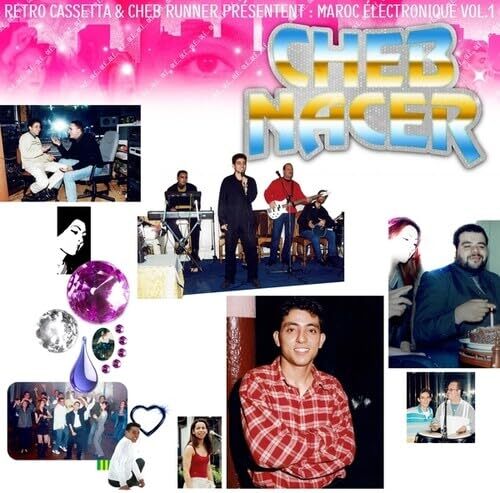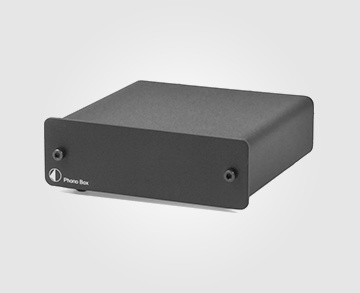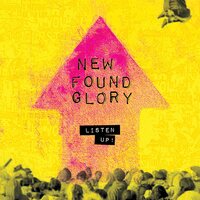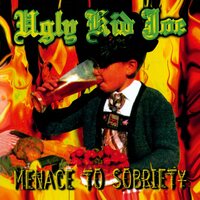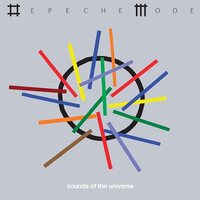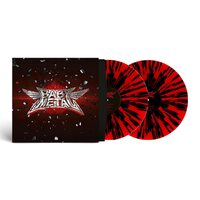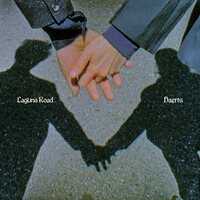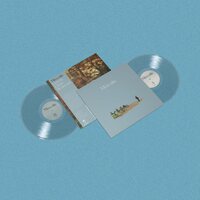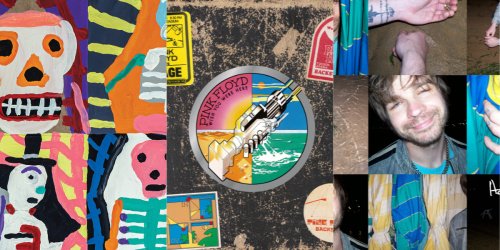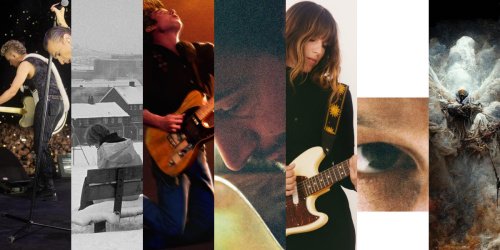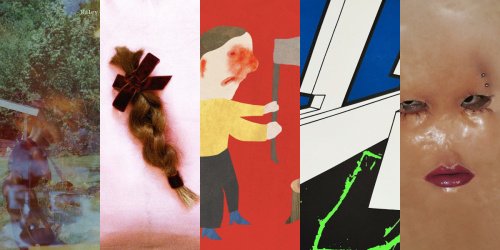Oujda, early 1990s. In this Moroccan city bordering Algeria, music flows everywhere—into weddings, homes, and streets. Oujda shares a rich musical culture with nearby Tlemcen and Saïda, where raï, staïfi and chaâbi mingle freely. It’s in this vibrant soundscape that Cheb Nacer grew up—his father playing Andalusian mandolin, his brother writing lyrics and playing bass. From a young age, Nacer sang at neighborhood parties. As a teen, he formed a band with local musicians and played at weddings and community events across the region.
But the real turning point came in 1993, when he moved to Casablanca—drawn by the city's nightlife and the promise of a musical future. Performing in hotels, piano bars, and private events, he crossed paths with Jalal Hamdaoui, a young arranger who would become a major name in Maghrebi pop. Together, they pushed boundaries in the studio: experimenting with keyboards, drum machines, and bold ideas—like reinterpreting international pop hits in Moroccan Arabic.
Morocco in the '90s was wide open to global culture—MTV-style music videos on RTM and 2M, catchy Eurodance tunes on the radio. Inspired by these sounds, Cheb Nacer took a risk: adapting international hits into festive, hybrid tracks, fusing techno rhythms with darija lyrics.
In 1994, he released his debut album Yensini, recorded in Oujda with the Bouchnak brothers. But it was Olé… Olé… Olé, recorded in Casablanca shortly after, that made him a local star. The track—an irreverent, dancefloor-ready cover of a song by Aqua—aired on national TV, a rarity for underground artists. Nacer stood out in a scene dominated by melancholic ballads. He appeared in flashy music videos, posed on cassette covers in slick outfits, and delivered hit after hit: Malou Malou, Bombom, OK OK, …
His sound was unapologetically electronic, designed for dancing—whether in Casablanca nightclubs, wedding halls, or home parties. His music spread through bootlegged or self-produced cassettes, circulating in the vibrant informal economy of 1990s Morocco: short-lived labels, underground distributors, no clear contracts. Nacer negotiated track by track, refusing long-term deals. He lived off his music, toured relentlessly, performed at festivals like Sidi Kacem, and shared the stage with icons such as Mohamed Rouicha, Nasser Elwan, and the Jilala brothers. He was everywhere—without being tied to any one scene.
Alongside his brother, he wrote most of his songs—simple, catchy lyrics made for weddings and dance floors. His talent was capturing the moment: a hook, a groove, a romantic theme—quickly spun into a dance track. Encouraged by his circle to experiment and move fast, even tracks he once doubted (Olé… Olé… Olé included) turned into unexpected hits.
Between 1993 and 2006, he released six albums across Casablanca, Oujda, and later Belgium, where he moved in the early 2000s. He continued performing in Europe—most notably at La Madeleine in Brussels—but the scene had changed. The cabarets were gone, the cassettes obsolete. Turning to YouTube to share his music, he continued to create quietly, gradually dropping the “Cheb” moniker. “I’ve grown up,” he says now—he simply goes by Nacer.
Today, collectors hunt down his rare tapes, DJs sample his tracks, and longtime fans still reach out. His legacy lives on in a sound that captured a unique cultural moment: when Moroccan youth were plugged into global pop culture, ready to dance to translated and remixed hits.
The tracks presented here—drawn from his iconic cassettes Nass, Olé…Olé…Olé…, and Zinc Blaney—capture the spirit of an era where clubs, cabarets, and weddings blurred together, where synths replaced flutes, and stardom could happen overnight. In that world, Cheb Nacer carved out a space of his own: hybrid, bold, and defiantly popular.
- 1. Olé... Olé... Olé...
- 2. Malou Malou
- 3. OK OK
- 4. Bombom
